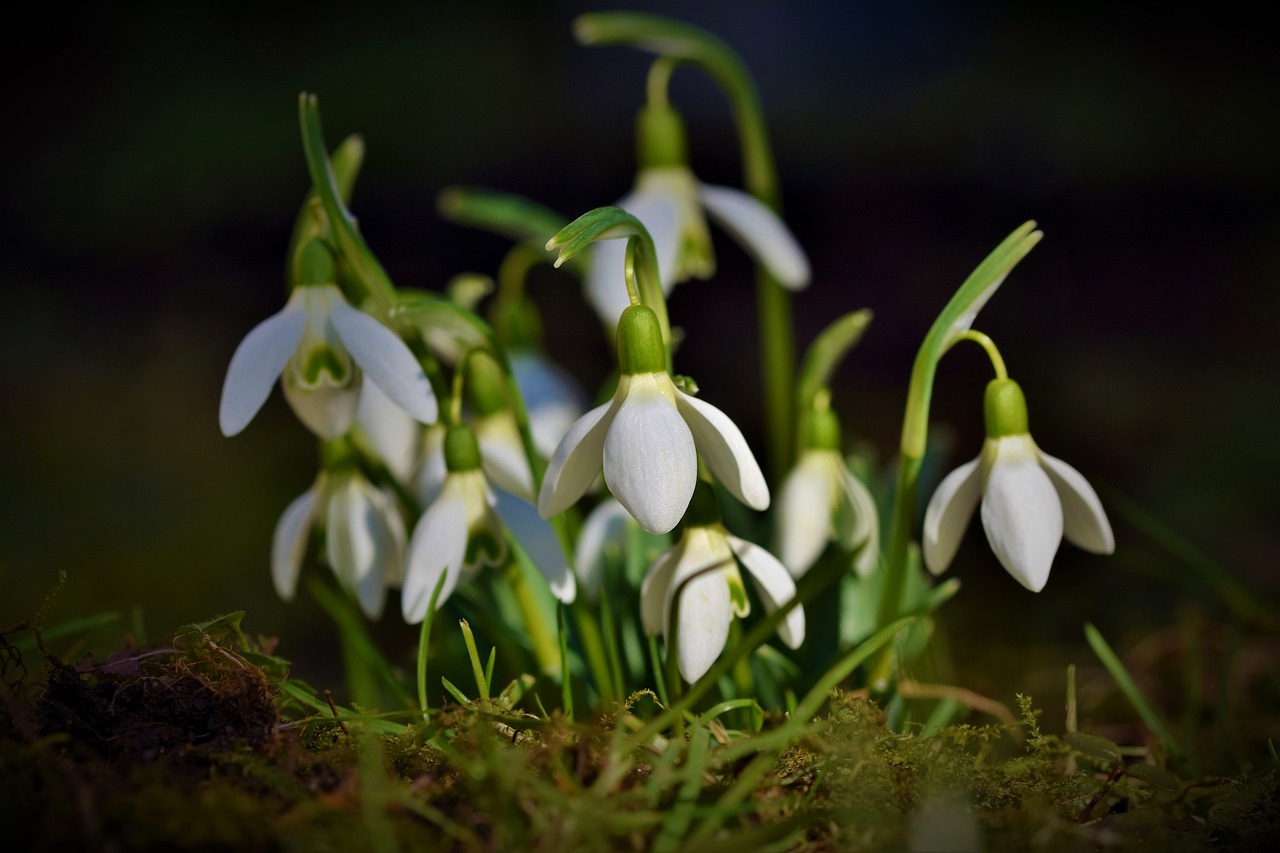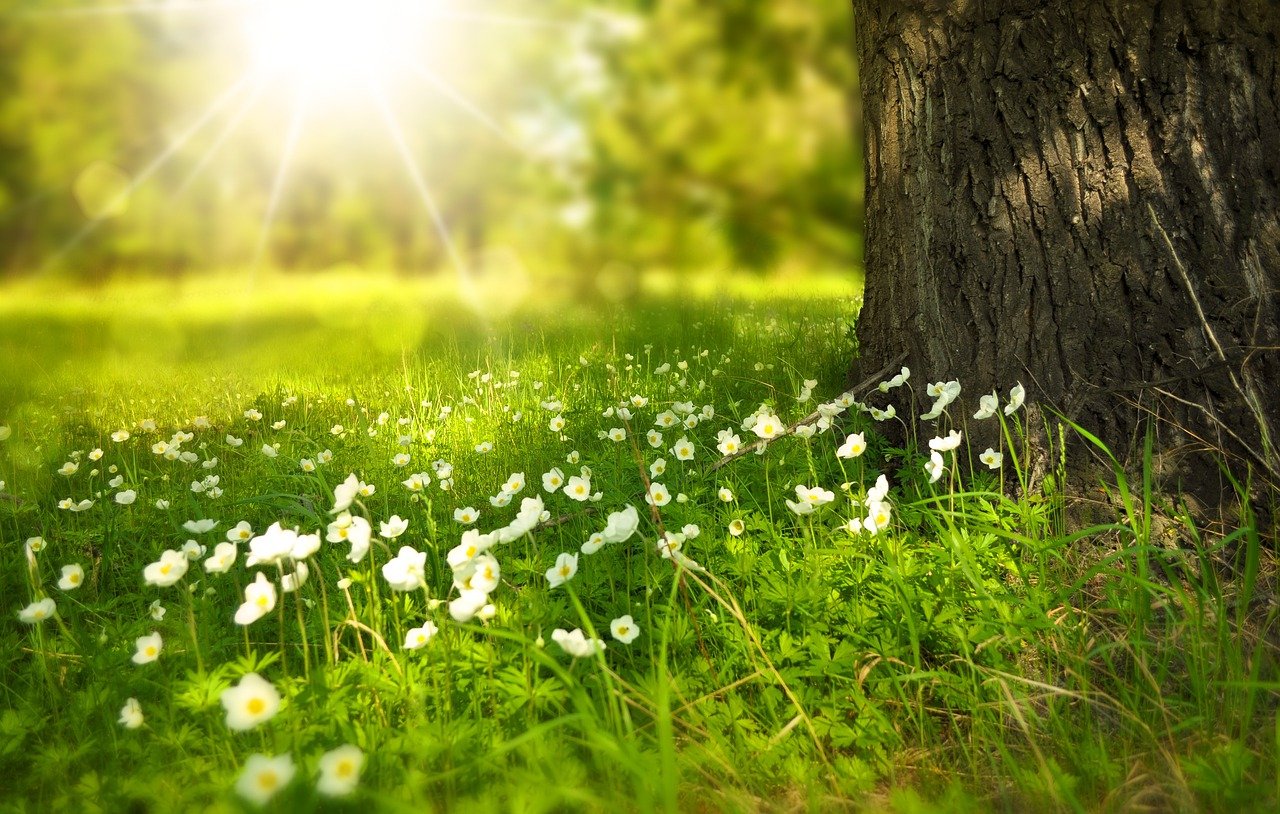Spain and other Mediterranean climate areas of the world are wonderful places in which to garden whether starting from scratch or improving an existing garden but there are some important challenges and risks to be overcome.
When we first moved to Spain over twenty years ago it was from the very different gardening climates of England and Ireland and although we had experienced travels and holidays in Spain and other Mediterranean climate regions of the world we were not fully prepared for the different climatic extremes, range of soils and appropriate plants.
But we were soon on a fast learning track in our garden and those looked after for others.
Knowing that an increasing number of the northern and central Europeans and north Africans descending on Spain – as well as old-timer residents – are surprised by the type of land/soils now being opened up for building, the increase in the range of plants being offered in garden centres, the frequency of (avoidable) insect and fungal attacks and the current cyclic or global warming climate changes we thought it worth summarising our current view of the risks.
21 Commonly Met Mediterranean Gardening Risks
1. The benign average temperatures, days of sun and rainfalls typically included in tourist and property industry publicity material do not prepare newcomers for the inevitable summer days and weeks above 35, 45 or even 50 degrees centigrade, the heavy frosts (especially those of 1990, 2004 and 2005), the sporadic snowfalls and most importantly the dramatic yo-yoing of day and night time temperatures during the late winter and early spring.
2. Gardens, especially those only recently planted, can be devastated by the occasional exceptionally hot or cold gales.
Hot summer southerly Saharan winds can soon dry out and burn non endemic plants especially in soils that have a low water retention capacity and cold winter northerly Siberian blasts can be supercooled when passing over the Pyrenees and Sierra Nevada and therefore create well below zero wind factor air temperatures when thermometers against the house only show plus or minus one or two degrees centigrade.
February 2005 saw centigrade wind factor air temperatures even down to minus twenty to forty just an hour from the coast when even some centuries-old olive trees succumbed to the cold.
3. Most houses used to be built in sheltered places but now they are increasingly open to the elements until protective hedges and trees are established.
4. Undeveloped coastal cliffs and mountainsides are thickly covered with an amazing diversity of plants that survive the topsy turvy realities of Mediterranean weather by being putting down deep roots that are cooled by overlying rocks and the moist if shallow soil beneath them. However, when new urbanizations or even isolated individual sites are carved out of mountainsides the historic mix of topsoil, shallow rocks and plants are bulldozed or lorried away.
5. Not recognizing the tremendous differences in microclimates that exist between gardens on north and south-facing slopes and also between two south-facing gardens with less than a hundred meters in height between them – especially in the winter when the sun is low in the sky.
6. Long four or five month droughts are a normal part of the Mediterranean climate and easily survived by the natural flora that grows slowly from wind or bird carried seeds that happens to land in favorable soils during or prior to seasonal rains.
However, newly arrived gardeners often purchase and plant up plants from nurseries during drought periods without realizing that both the composts used by many growers and the natural clayey or sandy soils both dry out if not kept constantly moist until tap roots are established.
7. When rain does come it can be up to the 70 centimeters of rain in a day – including 24 centimeters in an hour – that we experienced 12 years ago. This can result in flash floods, landslides and collapsed terrace walls.
8. What is important in planting out self-grown plants – from seed or cuttings- or purchased plants is the quality of the root system in relation to the above-ground growth. All too often in a rush for an instant garden large plants full of flowers in a tiny pot and therefore with a root system too small for their size are purchased rather than more easily established small plants in a relatively large pot. This applies to trees as well as shrubs and ground cover plants.
9. With a desire for a tidy garden large areas of brushed or raked bare sun baked soil are left between plants rather than covering all soil areas with ground cover plants and allowing a natural mulch to develop. Rocks, weathered stone mulches and natural leaf mould to retain moisture and cool roots are essential ingredients of our garden.
10. If poor shallow soils are not improved by:
a. adding organic composts before making plantings to improve moisture holding capacity and nutrient levels, and
b. sand to ensure the drainage of excess water logging moisture root balls can be slow to grow, become attacked by fungal spores or be burnt by the overzealous use of concentrated inorganic chemical fertilizers. The latter is a common problem with the planting of citrus trees.
Sadly it is rare to find a box of the invaluable slow-acting hoof and horn natural fertilizers widely used in the UK.
12. Being used to the constant watering of shallow-rooted annuals in northern Europe many newcomers assume the more of the same is required in the hotter conditions of Spain without recognising that most Spanish plants are deep-rooted and are better off with less frequent thorough soaking down to the level of the deepest roots.
13. The lack of trees that shade plants for part of the day or give continual semi/dappled shade.
14. The co-planting of drought-resistant and thirsty plants and watering to keep the latter alive but unsuspectingly causing major fungal and insect attacks on the former.
15. Unfortunately, the importation of infected plants since the mid 1990s has led to major plaques that now affect many citrus trees, geraniums, and palm trees.
16. The wide and excessive use of insecticides and fungicides has led to the disappearance of much of the natural fauna and insect controls. We have managed to attract and develop a healthy population of frogs, lizards, geckoes, birds and bees by only using eco controls in our garden but bats and butterflies are now rare compared to ten years ago.
17. The advent of large numbers of abandoned orchards and weekend or holiday homes can result in uncontrolled plaques of insects. Regular spraying becomes a necessity in adjacent gardens.
18. Unfortunately, the flowers, leaves, and stems of many indigenous mountainside plants have high oil content and are therefore a potential fire risk even from sparks from an unattended barbecue or bonfire or flame from a poorly guided weed killing flame gun used along adjacent paths or a local conflagration.
19. Twenty years ago there were few garden centers. Most were small and most grew many of their own plants. Almost all the varieties of plants sold were those that had graced Spanish Mediterranean gardens for centuries and survived the mini ice age from 1450 to 1800.
Today the ever-increasing number of large garden centers stocking a wide selection of the world’s plants sometimes with more from temperate/subtropical/ tropical climate areas than those endemic to the Mediterranean climate and soils.
20. Sometimes, actually frequently, newcomers – and old stagers! – are tempted by the dramatic flowers of newly imported subtropical plants which often grow naturally in humid or even jungle conditions and then plant them in the full sun.
21. Lastly but by no means, the least risk a lack of patience watching small young seedlings develop naturally rather than constantly struggling to establish forced early-maturing plants can become a frustrating and expensive pastime. Rarely do garden centers pay for your replacement plants!






